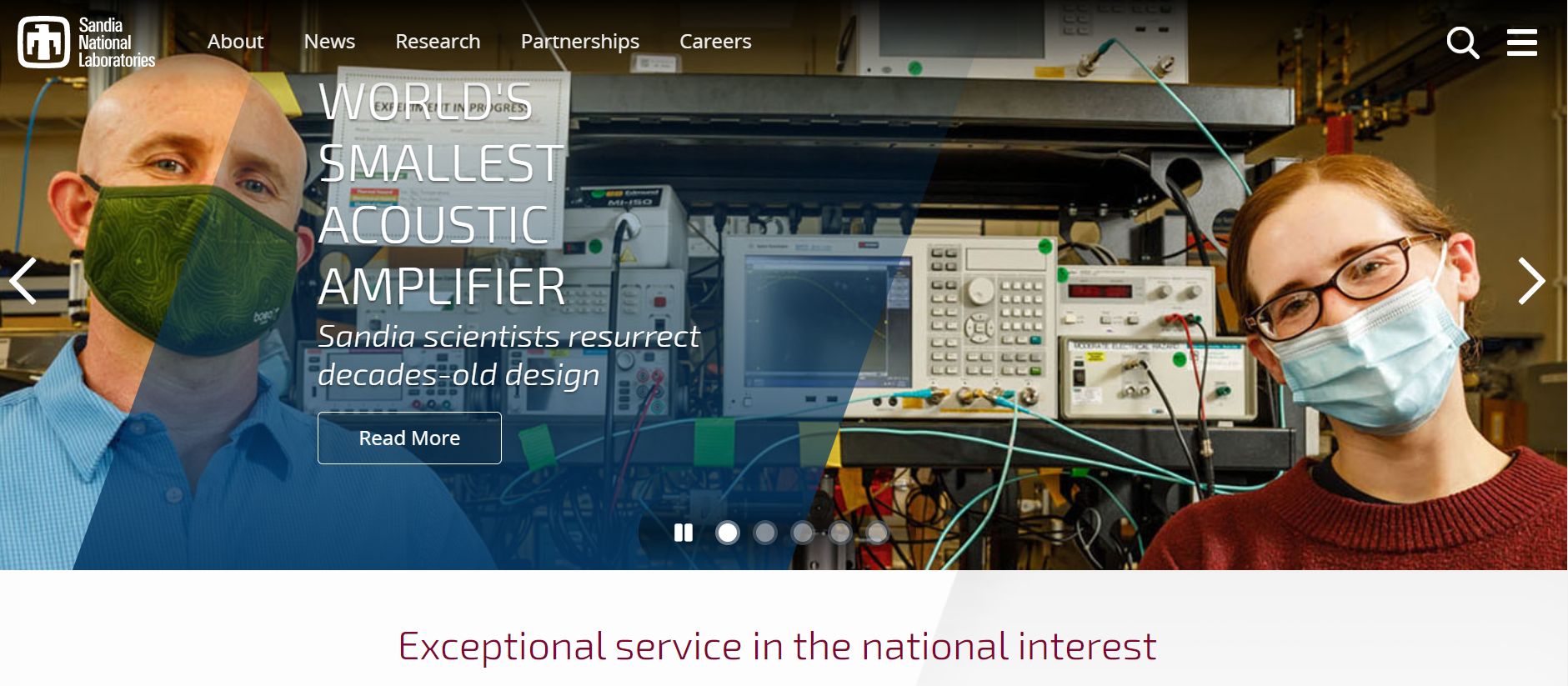The goal of this project is to optimize a novel strategy for magnetoencephalography (MEG) neuroimaging to substantially improve resolution and reduce cost. MEG is a non-invasive functional neuroimaging method to map brain activity that is useful for both research, e.g. functional brain mapping and clinical applications, e.g. presurgical epilepsy mapping. Commercial MEG systems using superconducting quantum interference device (SQUID) magnetic sensors use fixed helmets with sensor arrays that are designed for a broad range of head sizes. They give suboptimal measurements for most people with smaller heads and especially for children. Because MEG signal amplitude decays as a function of the distance from the neuronal source, a spatial gap of several cm between helmet and head can attenuate the signal by tenfold. Moreover, placing sensors on or near the scalp would enable detection of high spatial frequency variations in the magnetic field, which would further improve spatial resolution in localizing neuronal sources. This project focuses on the use of optically pumped magnetometers (OPMs) to improve MEG localization accuracy. OPMs will be constructed as individual sensor modules that enable flexible sensor layout. The long- term objective is to develop a full-head MEG system based on OPMs that can conform to any head size to give the largest possible signal. This could improve spatial resolution to 1 mm, at a cost that is lower than cryogenic MEG. The objective of this project is to develop a 72-channel OPM MEG system that gives partial head coverage, and to demonstrate improved spatial resolution in measuring neighboring neuronal sources in the human brain. The system will be readily reconfigurable to focus the sensor array on an area of interest. The central hypothesis is that an OPM array with sensors that are close to the head, and close to each other, will substantially increase MEG resolution to a level approaching 1 mm. Aim 1 is to expand the current OPM array from 20 to 72 channels and to make the array easy to reconfigure. This novel array will accommodate all head sizes, particularly those of small adults and children. The larger number of sensors will allow the array to be concentrated over two sections of the brain simultaneously. Aim 2 is to develop analysis techniques specific to the reconfigurable array. When the array is repositioned for each new subject, real-time array calibration is required for accurate magnetic source localization and external noise suppression. In addition, source localization will be improved based on simulation models that will optimize the array positioning and improve models of neuronal sources. Aim 3 is to compare source localization precision between the novel OPM MEG array and a commercial SQUID-based MEG array. The arrays will be tested with tasks involving auditory and visual stimulation, to study spatial variation of brain activity due to changing stimulus parameters. Improved signal size and spatial resolution should substantially improve MEG fidelity for people of all head sizes, including premature infants, with broad applications in understanding and treating brain dysfunction. Functional imaging of the human brain is critical to our understanding of the healthy brain and to gain insights into the underlying causes of brain dysfunction across the life span. Magnetoencephalography (MEG) is an invaluable tool for functional neuroimaging because it can directly measure neural activity with sub-centimeter spatial resolution (better than electroencephalography) and millisecond temporal resolution (better than functional magnetic resonance imaging (fMRI)), and optically pumped magnetometers now allow MEG sensor arrays to conform to the shape of head, increasing sensitivity to higher spatial frequencies of the measured signals, which will allow for improved spatial resolution of the MEG measurements approaching that of fMRI. Our goal is to realize this improved spatial resolution with a conformal MEG array, which could lead to improved presurgical localization of affected brain areas, new discoveries in degenerative brain disorders, improved understanding of normal brain dynamics, and dramatically improved MEG measurements for pediatric patients for potential early identification of developmental disorders.

